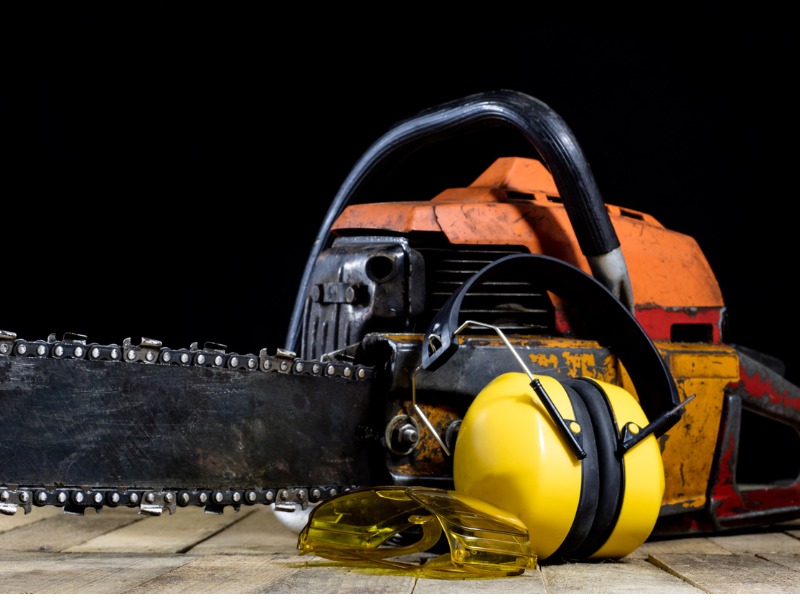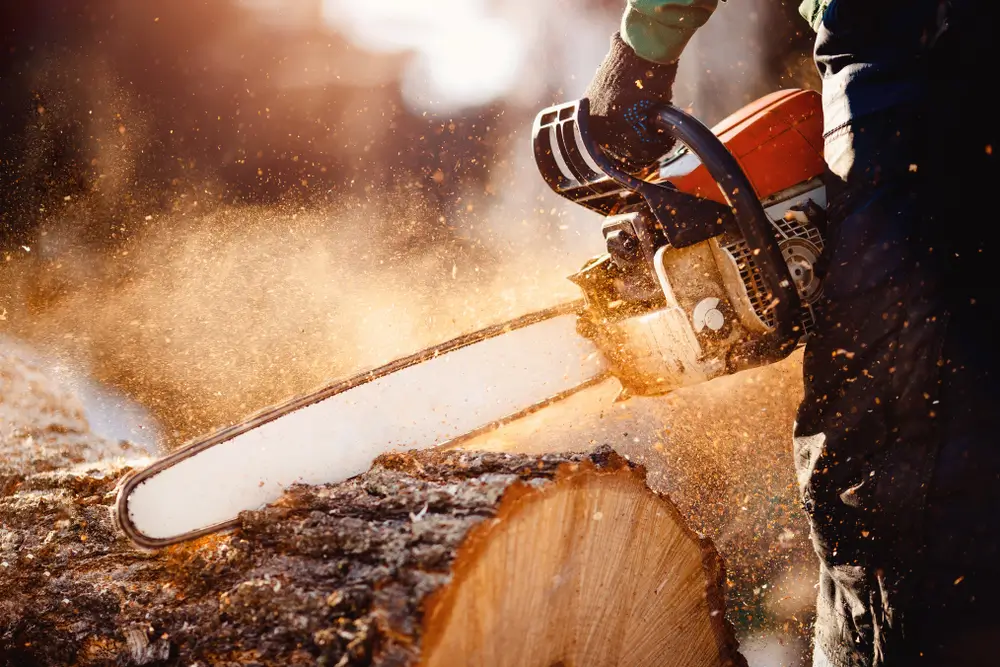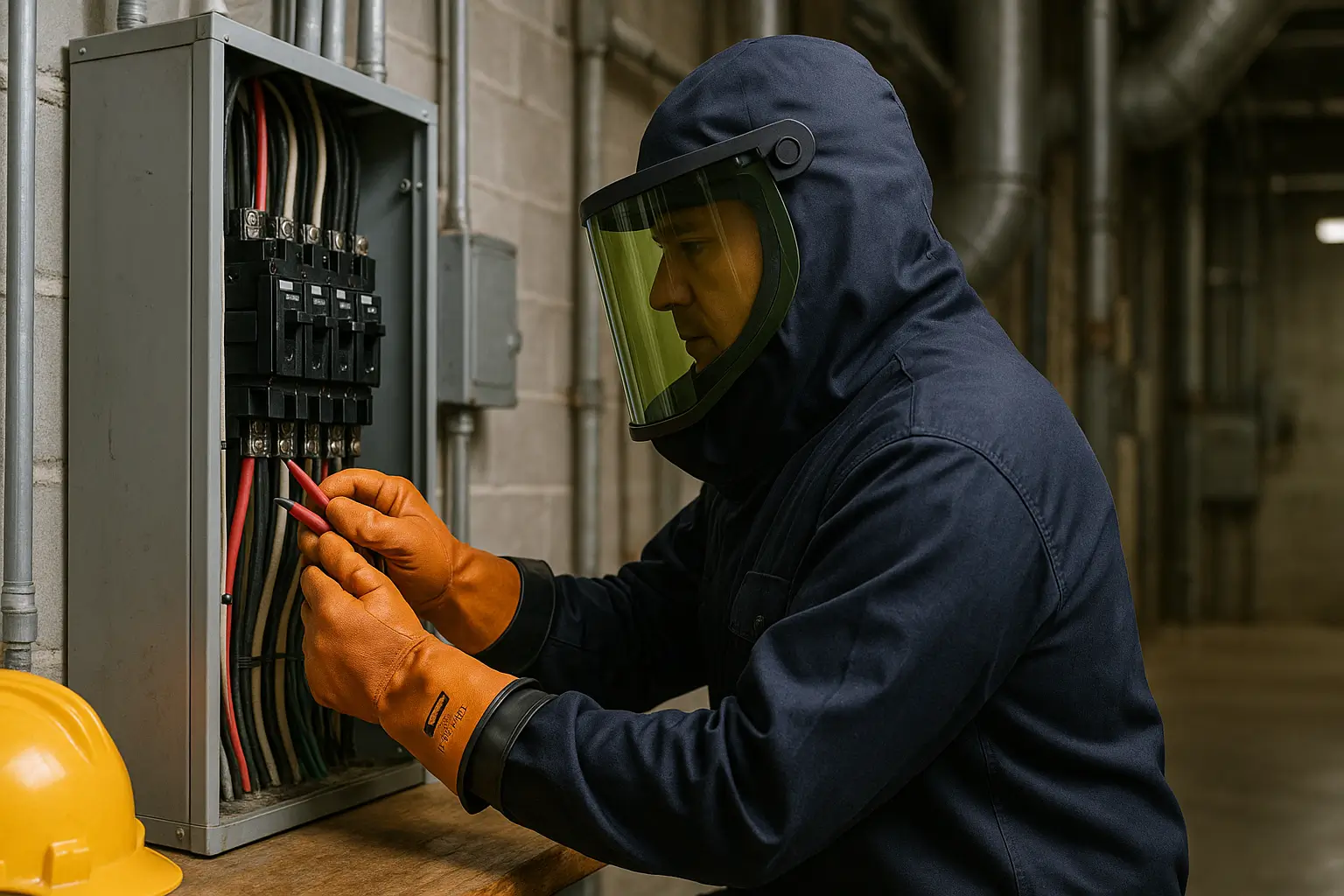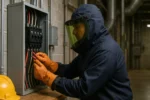🪚 Chainsaw Safety in the Logging Industry
Logging is an extremely hazardous profession. The National Institute for Occupational Safety and Health (NIOSH) has consistently ranked it as one of the most dangerous industries. Chainsaws are an essential tool in logging, making chainsaw safety a top concern.
Chainsaws are equipped with numerous safety features similar to those found in other engine-driven tools. Manufacturers have implemented several safety mechanisms to reduce risks some have become industry standards, while others are required by law.
Operators should always inspect their chainsaws before use, ensuring all safety mechanisms like chain brakes, throttle interlocks, and chain catchers are fully functional. This is crucial to prevent kickback injuries and maintain operational safety.
In this guide, we’ll explore the essential components, best practices, and safety procedures necessary for operating chainsaws in logging environments.

🛡️ Chainsaw Safety: It All Starts with the Chain
Chainsaw safety begins with the chain itself. Manufacturers must correctly match the guide bar and chain according to each chainsaw model’s specifications to ensure performance and safety. An improperly fitted or maintained chain can significantly increase the risk of accidents.
Proper chain sharpening is essential. One critical sharpening element is the depth gauge setting. Each cutting tooth includes a small steel projection (the depth gauge) in front of it. The height difference between this gauge and the cutting edge determines the thickness of wood removed per pass. If the gauge is set too low, the cutter removes too much material, making the saw harder to control and more prone to dangerous kickback.
To further improve safety, some chains include guard links ahead of each cutter. These guard links help prevent the depth gauge from snagging on smaller branches or interacting too aggressively with the wood, reducing the chances of kickback or jamming.

🧰 Chainsaw Bars and Kickback Safety
Reducing kickback is a major factor in improving chainsaw safety. Kickback typically occurs when the chain contacts wood in the upper quadrant of the guide bar’s nose known as the “kickback zone.” This can cause the chainsaw to lurch upward dangerously.
To mitigate this, some chainsaw models feature a tip protector that covers the bar's nose, preventing contact with the kickback zone. While tip protectors enhance safety, they also limit cutting capability. They are especially useful on small saws, such as pole pruners or battery-powered pruning saws, where cuts rarely require burying the bar’s tip.
Chainsaw carving and certain specialized cuts, such as plunge cuts, often rely on tip use. To minimize risk, manufacturers offer carving bars with narrower, pointed noses. These reduce the surface area of the kickback zone and the amount of chain in contact with wood thereby lowering the force of a potential kickback.
Understanding bar dynamics and choosing the right equipment for the job plays a vital role in minimizing injury and enhancing overall safety during chainsaw operations.

⛓️ Chain Brake: A Lifesaving Safety Feature
Chain brakes are critical components of chainsaw safety systems. They wrap a steel brake band around the clutch drum to halt chain movement. Powered by strong internal springs, chain brakes serve two essential functions:
- Operational safety: Loggers engage the brake when transitioning between cuts or starting a cold saw to prevent accidental chain movement at partial throttle.
- Kickback protection: In sudden kickback events, the chain brake can automatically engage, stopping the chain in milliseconds to prevent severe injury.
Serious injuries from moving chains often affect the head, face, neck, and shoulders. By stopping chain motion quickly, chain brakes dramatically reduce the chances of disfiguring or fatal injuries. The brake is typically activated by pushing the front hand guard forward, and it may require significant force to reset due to its spring-loaded design.
🎓 Stand Out with OSHA Certification
Earning an OSHA 30 card demonstrates your commitment to workplace safety and gives you an edge over other candidates. Employers value OSHA-certified workers for their preparedness and risk awareness.









